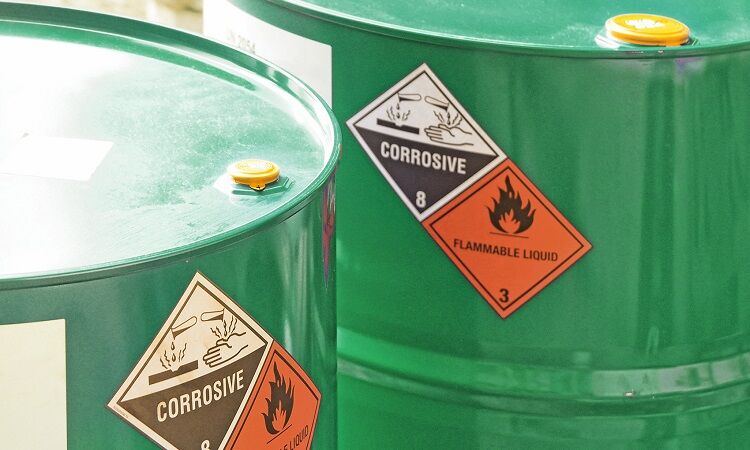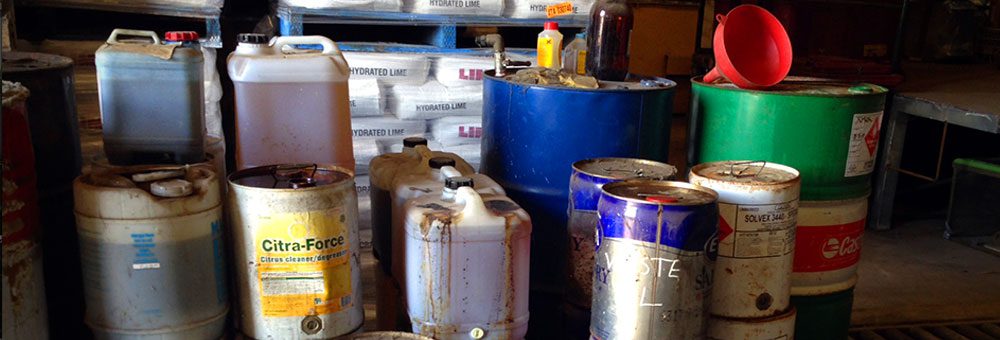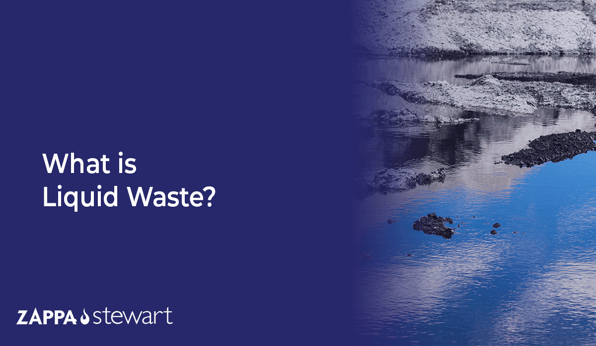Safe and Lasting Liquid Waste Disposal: Your Go-To Service Provider
Safe and Lasting Liquid Waste Disposal: Your Go-To Service Provider
Blog Article
Just How Liquid Garbage Disposal Functions: An In-depth Overview of Methods and Technologies Used

Summary of Liquid Waste Types
The complexity of fluid waste types demands an extensive understanding of their attributes and effects for disposal. Fluid waste can broadly be classified right into a number of types, including commercial, local, farming, and unsafe waste. Each group shows distinctive homes, needing details monitoring approaches to minimize environmental and health dangers.
Industrial liquid waste originates from making processes and typically consists of a range of pollutants, such as heavy metals, solvents, and natural substances. Metropolitan fluid waste, largely comprising wastewater from houses and business establishments, includes raw material, nutrients, and virus (industrial wastewater treatment). Agricultural liquid waste, consisting of drainage from farms, might consist of fertilizers, chemicals, and pet waste, positioning risks to water high quality and environments
Dangerous liquid waste is defined by its poisoning, sensitivity, or potential to create damage. This category consists of compounds like acids, bases, and certain chemicals that necessitate rigorous handling and disposal methods. Understanding these varied fluid waste types is vital for developing efficient disposal methods and guaranteeing conformity with environmental guidelines. Appropriate classification and characterization are necessary for applying proper treatment methods and decreasing the damaging effect on public health and the environment.
Physical Therapy Methods

Testing is the initial step, where bigger fragments and particles are removed from the fluid waste using displays or grates. In sedimentation containers, much heavier particles work out at the base, creating a sludge layer, while the cleared up liquid can be more treated.
Filtering is an additional necessary method that includes passing the liquid via permeable materials, such as sand or membranes, to catch smaller sized bits. This action improves the high quality of the fluid, making it ideal for subsequent therapy procedures.

Chemical Treatment Methods
Chemical therapy methods are essential for successfully managing liquid waste, especially in dealing with dissolved and colloidal pollutants that physical approaches may not adequately get rid of. These strategies utilize numerous chemical agents to neutralize, speed up, or transform hazardous materials into much less hazardous kinds.
One typical method is coagulation and flocculation, where chemicals such as alum or ferric chloride are included in advertise the aggregation of put on hold fragments. This process improves sedimentation, enabling less complicated elimination of the resulting sludge. Furthermore, oxidation processes, employing agents like chlorine or ozone, are employed to damage down intricate natural compounds and virus, rendering the waste safer for discharge or additional therapy.
Neutralization is an additional important strategy, which readjusts the pH of acidic or alkaline waste streams to neutral levels, protecting against possible injury to downstream systems and the environment. Additionally, progressed oxidation procedures (AOPs) use combinations of oxidants and ultraviolet light to break down relentless toxins, attaining a higher level of treatment effectiveness.
Organic Treatment Procedures
Biological therapy processes play a critical function in the administration of liquid waste by utilizing microorganisms to disintegrate raw material and lower pollutant degrees. These processes can be extensively classified into cardio and anaerobic therapies, each using certain microbial neighborhoods to accomplish reliable waste destruction.
Cardiovascular treatment includes using oxygen to facilitate the failure of organic materials by germs. This process is generally applied Learn More Here in triggered sludge systems, where oygenation storage tanks offer a favorable setting for microbial growth, bring about the oxidation of organic toxins. The resultant biomass can be divided from treated effluent through sedimentation.
On the other hand, anaerobic therapy happens in the absence of oxygen, depending on various microorganisms to break down organic issue. This method is specifically helpful for high-strength waste, as it generates biogas, a renewable resource resource, while reducing sludge manufacturing. Technologies such as anaerobic digesters are regularly used in commercial and community applications.
Both cardio and anaerobic biological therapies not just reduce the ecological influence of liquid waste but also help with source recuperation, making them crucial parts of lasting waste management approaches. Their efficiency, flexibility, and effectiveness support their prevalent execution Read Full Report throughout numerous sectors.
Arising Technologies in Disposal
Cutting-edge techniques to liquid waste disposal are swiftly advancing, driven by innovations in innovation and a boosting emphasis on sustainability. Among these emerging technologies, membrane layer bioreactors (MBRs) have gotten grip for their ability to combine organic therapy with membrane filtering, causing high-quality effluent that can be reused in numerous applications. MBRs allow smaller sized footprints and much more effective procedures compared to typical systems.
Another encouraging development is the use of anaerobic food digestion combined with nutrient healing technologies, which not just treats liquid waste yet also generates biogas and recovers important nutrients like nitrogen and phosphorus. This dual advantage improves resource performance and lowers environmental influence.
Furthermore, find progressed oxidation processes (AOPs) are being taken on for the deterioration of intricate natural toxins. These techniques use effective oxidants and stimulants to damage down contaminants at the molecular level, offering a highly efficient remedy for challenging waste streams.
Furthermore, the assimilation of man-made intelligence and device knowing in waste monitoring systems is maximizing functional effectiveness and anticipating upkeep, bring about minimized prices and enhanced ecological compliance. These technologies show a significant shift in the direction of even more reliable and lasting liquid garbage disposal methods.
Verdict
Finally, reliable liquid garbage disposal demands a comprehensive understanding of various strategies and innovations. The combination of physical, chemical, and biological therapy techniques guarantees the effective monitoring of diverse waste types. In addition, the introduction of cutting-edge innovations improves treatment efficacy and advertises sustainability in waste monitoring techniques. By continuously advancing these methods, it ends up being possible to attend to the growing difficulties associated with liquid waste, eventually adding to ecological security and source healing.
Fluid waste disposal is an essential facet of environmental monitoring, needing a detailed understanding of different methods and technologies customized to various waste kinds. Fluid waste can broadly be classified into a number of types, including industrial, community, agricultural, and dangerous waste. Agricultural liquid waste, including overflow from farms, may consist of fertilizers, chemicals, and pet waste, posturing dangers to water quality and environments.
Various physical treatment techniques play an important role in taking care of fluid waste properly - industrial wastewater treatment.In verdict, effective liquid waste disposal necessitates a comprehensive understanding of different strategies and technologies
Report this page